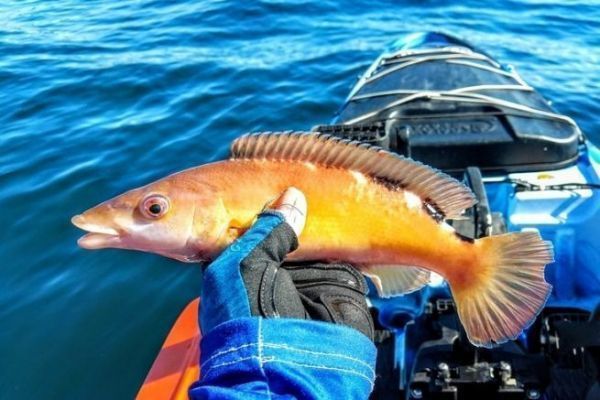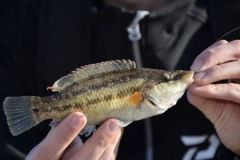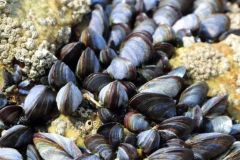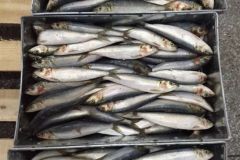Description
Labrus mixtus or old coquette, mixed wrasse, varied wrasse, can reach 40 cm for the male and 30 cm for the female. This fish belongs to the wrasse family. Its body is rather elongated with thick lips at the end of a long snout. The colors of the male go through all the palettes of colors, from blue to orange.
At the time of breeding, the head turns white and the rest of the colors are bright. The female is duller, orange-brown with spots on the upper back, four white spots and three black spots. This fish can live up to twenty years.
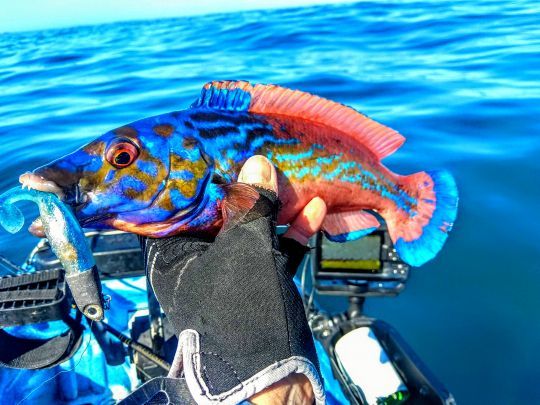
Food and habitat
Its diet consists of small crustaceans, fish, shellfish, its powerful dentition allows it a varied diet. It lives on stony bottoms among algae and grass beds. It does not change its territory, even at the time of the reproduction. It can be found in groups or in couples between 2 and 30 meters deep. The distribution of this fish goes from Norway to the Mediterranean.
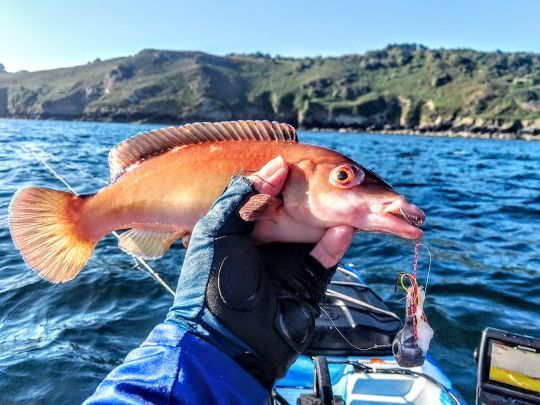
Reproduction
This species builds a nest of algae from the month of March, as soon as the water temperatures rise. The young individuals are at first female then according to the need of the zone, some become male. This sexual maturity appears from the second year. Very often, the couple is formed for the duration. It is the male who protects the eggs until they hatch after 24 hours, then the young are carried by the sea currents for about 1 month before settling on a new territory.
Fishing for the old coquette
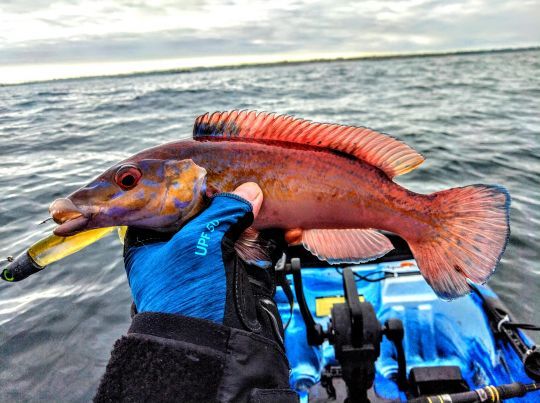
The old coquette is fished a little by chance, looking for other fish near the bottom, like the lees or the old common. It does not hesitate to attack large soft lures, jigs or even tenya/kabura. It is one of the nicest fish to take a picture of.
They go back to the bottom easily, once released, if they have been caught in less than 20 meters of depth. Beyond that, they do not stand decompression very well.
